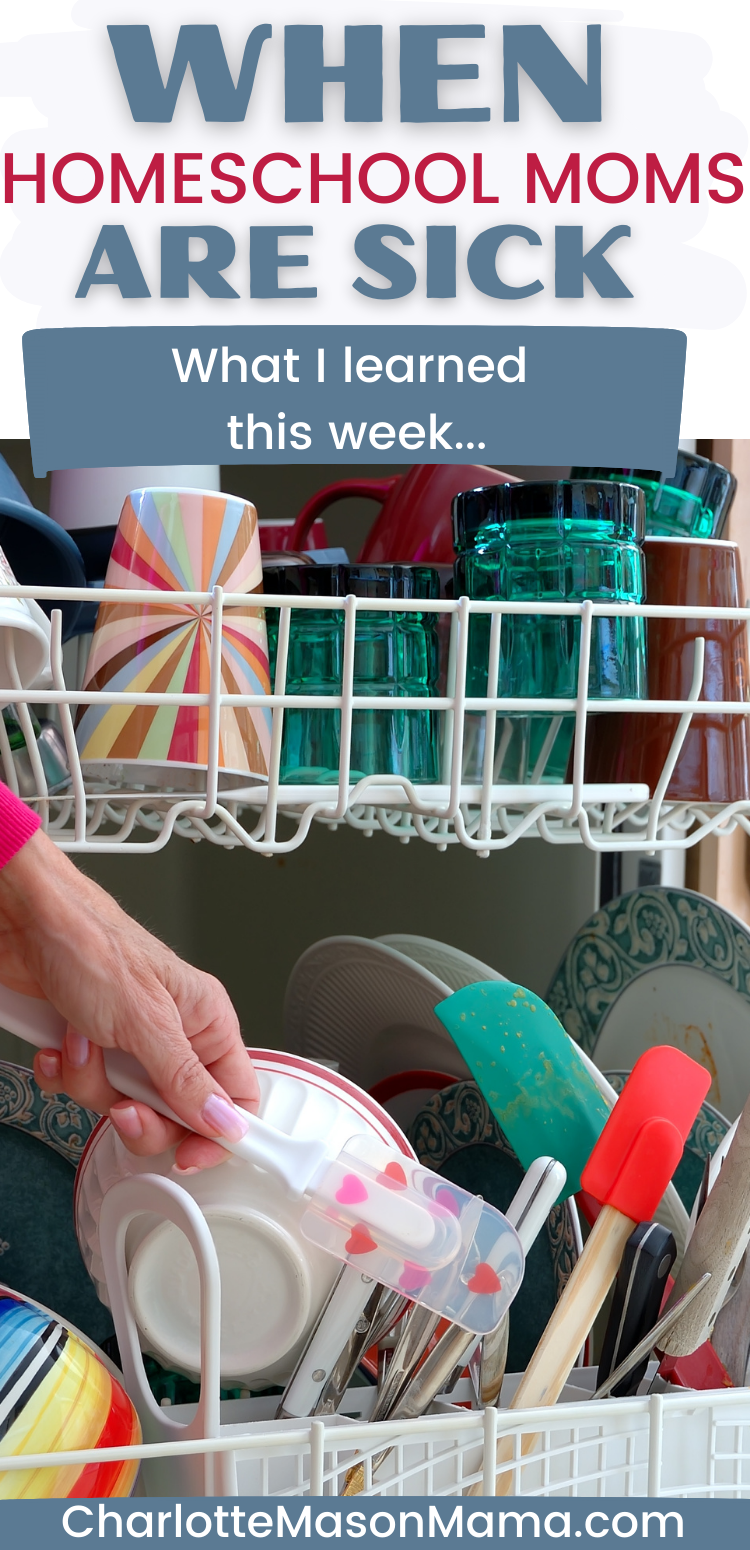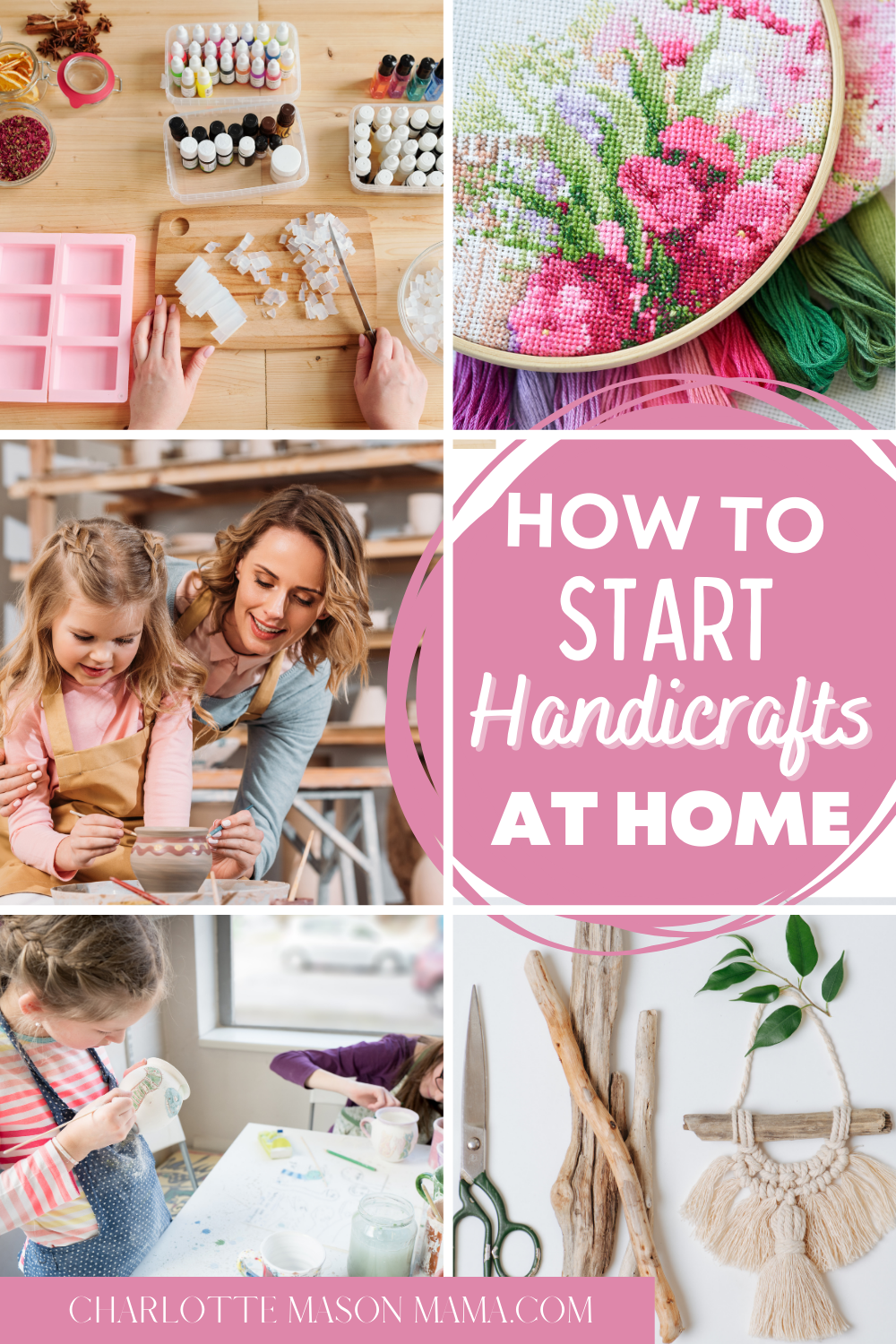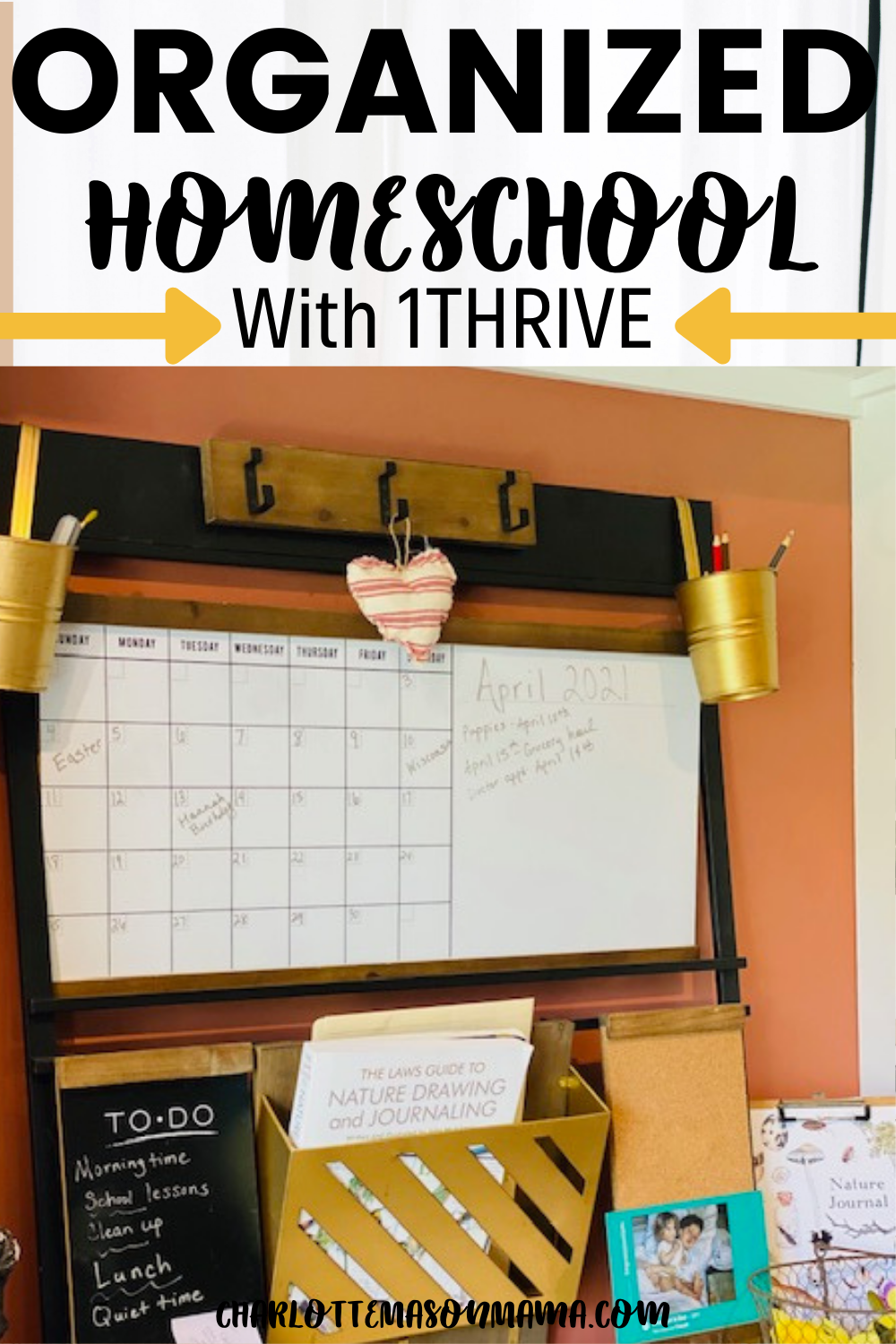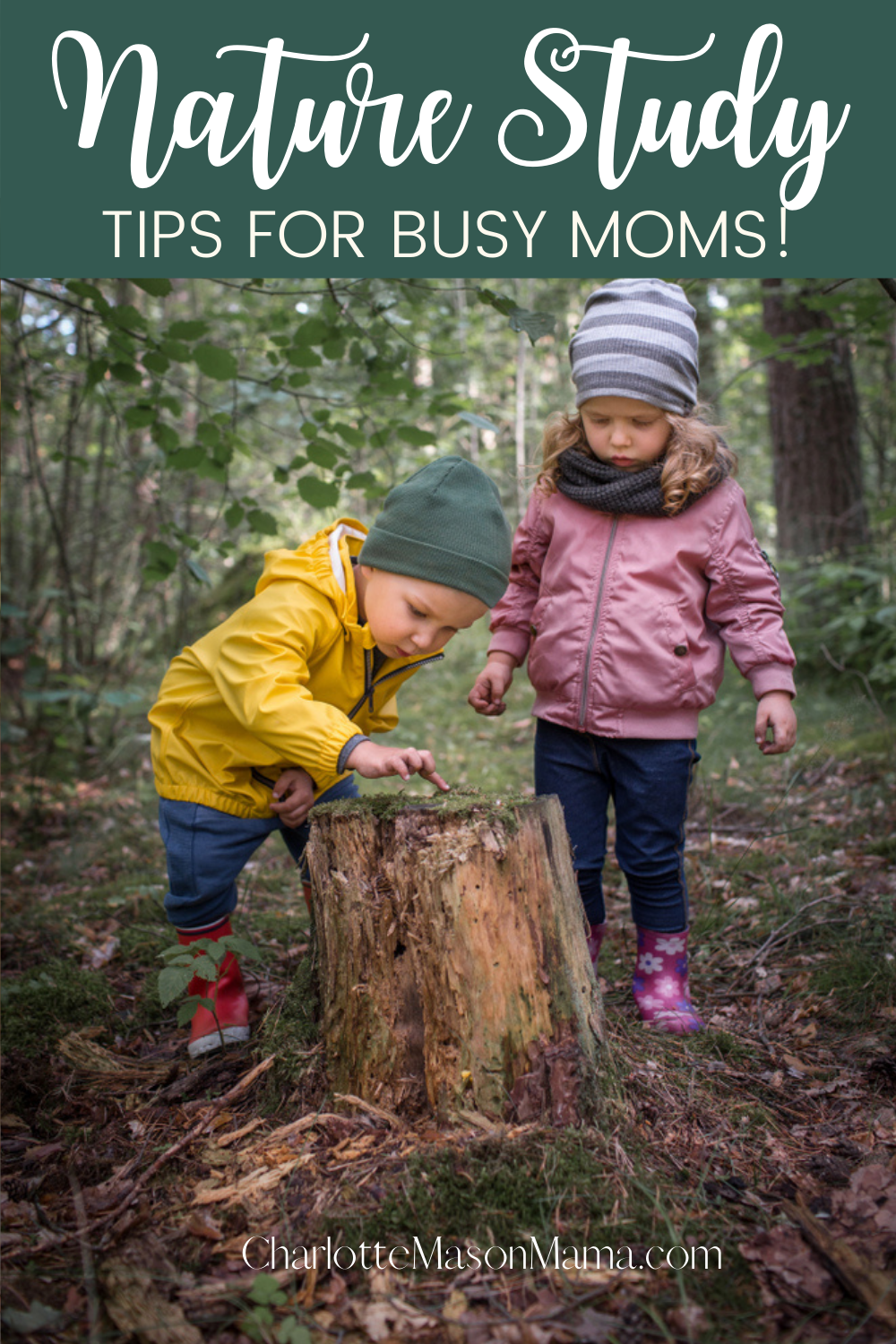My Favorite Backyard Chicken Breeds for Kids
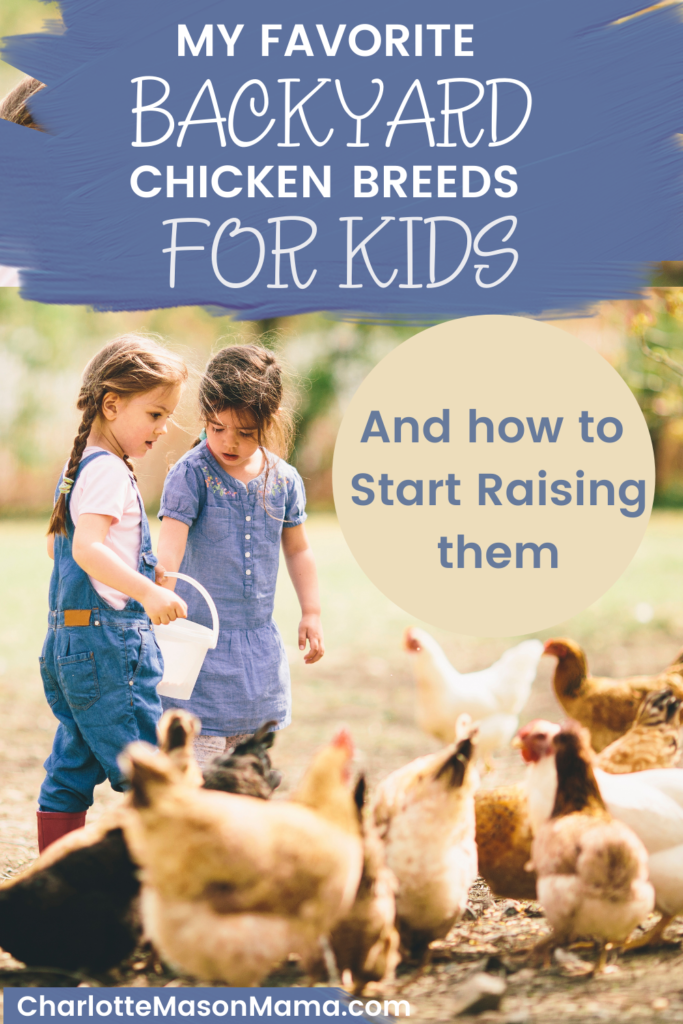
(this post contains affiliate links to Amazon.)
If you are thinking of adding chickens to your family this year, but have kids to consider, these are MY top favorite breeds for friendliness.
ISA Brown
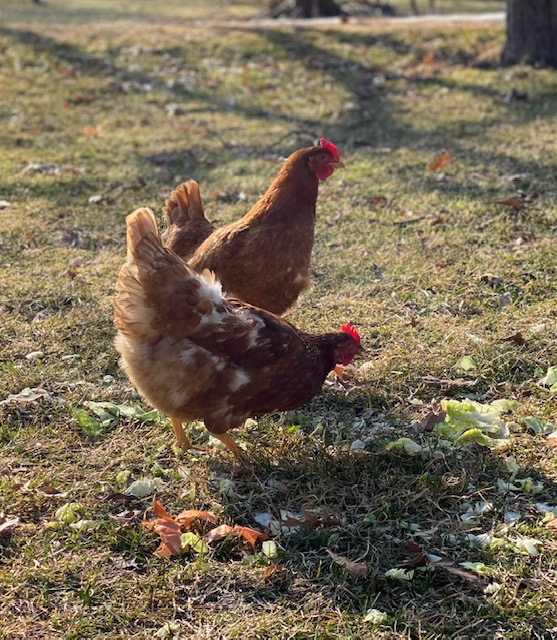
ISA Brown chickens are not only prolific egg layers, I have found them to be very docile and friendly with my children. ISA Browns generally lay between 300-350 brown eggs per year and are cold hardy in the winter. I have to say, ISA Browns are one of my favorite chickens that we own. We can count on them for eggs, and they spend a large part of their day just quietly picking through the grass. So, if you are looking for a lot of eggs and a friendly chicken…consider the ISA Brown.
Plymouth Rock
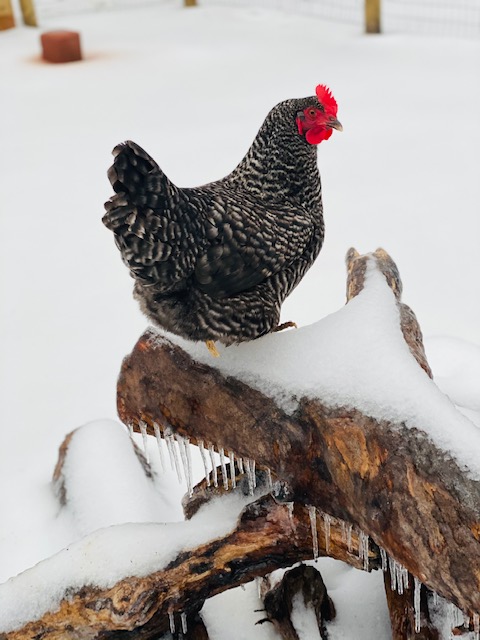
Plymouth Rock chickens are friendly with people, have a long life-span, and will give your family 4-6 pinkish-brown eggs weekly. These gentle chickens are the perfect addition to your backyard flock. Our Plymouth Rock chickens fit in well with other chickens and the hens are generally very quiet.
Australorp

(Our Australorp, my children lovingly call, “Auntie May”
The Australian Australorp is beautiful with black feathers that are iridescent green in the sun. Our girl, “Auntie May” is extremely friendly with my children. Australorp chickens average 4-6 large brown eggs per week. They are curious, withstand hot/cold temperatures well, and have an excellent temperament with kids.
Cuckoo-Bluebar Easter Egger
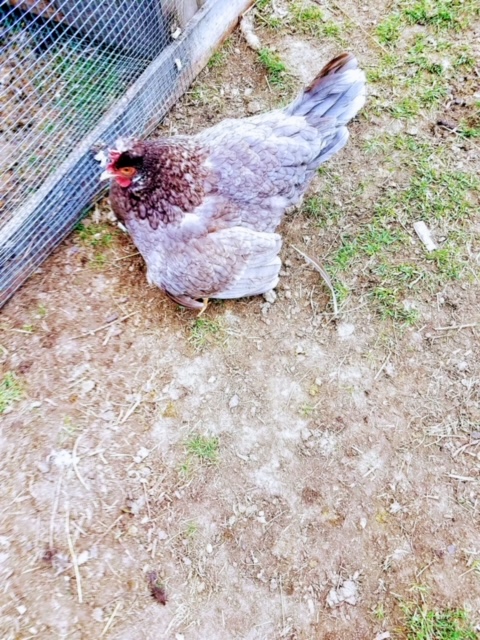
One of our first chickens was the Cuckoo Bluebar. Bluebar are designer chickens and are super at laying MANY light blue eggs. Our Cuckoo is so friendly, she is the best mother, and loves to forage through our yard as the kids swing on the swingset. We get many blue eggs from our girl, and I recommend adding this specific breed to your flock. Because this is a designer breed you can only get them here: My Pet Chicken
Lavender Orpingtons
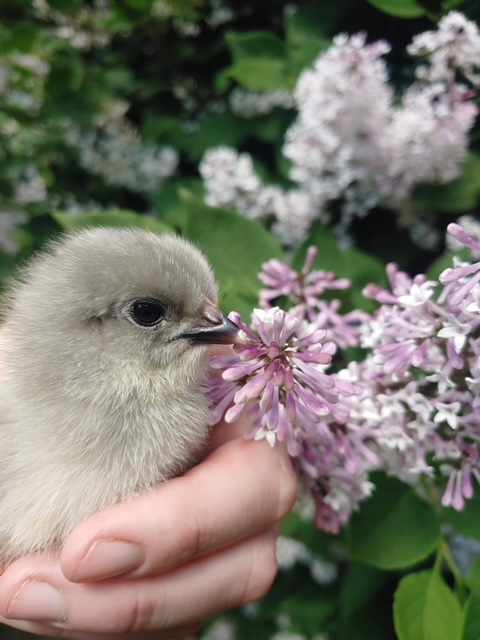
First of all, these chickens are beautiful. With a rare blue tint, they are stunning. Lavender Orpingtons are a larger breed, but the hens are quiet and docile. In fact, my little ones often carry Lavender hens. They don’t mind being handled gently and are adored for their calm nature. Our Lavenders give us about 4 light brown eggs per week. Our family loves this breed so much, we are beginning a new breeding program dedicated to these lovely creatures.
How to Start Raising Chickens That Are Friendly
I have found these basics essential in raising friendly chickens.
Get your chickens as chicks rather than older hens. The more your chicks are handled when they are small, the more friendly they will be. While it’s tempting to buy older hens right away to get eggs, I recommend starting your new flock with a mix of chicks and raising them well. As your well-cared-for chickens mature, they will reward you with nice behavior and of course… beautiful eggs.
I personally like to have a mixed breed flock. The breeds listed above are what make up our backyard flock.
Chickens are extremely beneficial to your landscape as they eat ticks and other harmful bugs. Our family personally noticed a large reduction in ticks as we allowed our chickens to free-range and eat the ticks. In addition, as our chickens cleaned our landscape, the sunlight and abundance of insects give us amazing eggs.
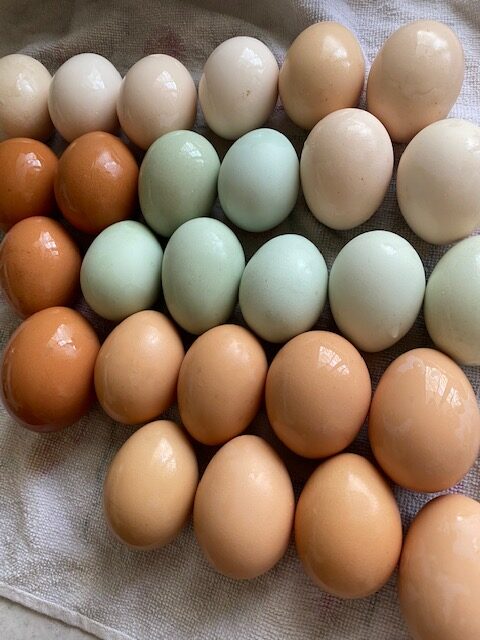
(these eggs were laid by the hens pictured above)
What Chicks Need and How to Set Up a Brooder
Chicks do require a certain level of care but reward your family with so much joy. First you need:
A Brooder Box:
It’s important that the box or pen is free from drafts. We like to use tote bins. These simple black totes last a long time and are easy to clean. Chicks poop a lot…these totes are easy to take a hose and rinse out. You can buy more expensive brooder pens, but I have found that not necessary.

Heat Lamp
This is critical. Remember, as you raise chicks you are mimicking what a mother hen would do. I have watched our hens raise chickens, each time the mother hen keeps them under her feathers and near her body to keep them warm. Chicks get cold fast. On the other hand, your chicks NEED a place to escape the heat. I have seen a brooder set up where the chicks have nowhere to escape the heat lamp. Set up the heat lamp on one end, and leave the other end free of a heat source. Chicks are smart and will escape the heat if they are too hot. Week-old chicks need a temperature of 90-95 degrees the first week. As they get feathered, you can reduce the heat. Every week they will need less and less heat. (Our family just raises the heat lamp farther away as they get older)
This is the lamp we use

Brooder Liner and Bedding
Chicks can easily slip in a slippery brooder. They can get a condition called “Spraddle leg” a condition in which the chicken literally does the splits. It can be treated, but it’s painful and better to avoid.
I personally use paper towels or puppy pads the first two weeks as a liner in our brooder. These liners make it easier to clean and make the surface non-slip. After the chicks are about a week old, I add pine shavings on top. I am careful not to add pine shavings until the chicks are over one week old. This gives the chicks a chance to mature a bit and discover that the shavings are not food.

Chick Starter Food
I believe proper nutrition is foundational for raising healthy, happy chickens. We use organic, non-GMO feeds for all of our chicks and chickens. In the beginning, your chicks need starter food. Chick starter has the perfect blend for growing chicks. In addition, our chicks that are 2 weeks and over are offered chick grit with probiotics.


Clean (safe) Water Source
This one is critical. Chicks need access to water without the risk of them drowning. If baby chicks are offered water in a deep tub, they can easily fall in and drown. We use the feeder/waterer below:


Cleanliness
It is important to clean your brooder every 3-4 days (or sooner if very soiled). We went through a time when we had to clean our brooder daily, because our chicks were spilling water so often. Damp conditions are the perfect breeding ground for bacteria growth ( especially with a heat lamp going…) Keep your brooder clean to reduce bactertia and have healthy chicks.
Teach your children the habit of cleaning their hands after handling chicks. Chickens are carriers of Salmonella and Coccidia. In our house, it is a rule to wash hands after touching chickens or collecting eggs.

Children learn so much from raising chickens. As they grow together, they learn to care for and love animals. Charlotte Mason believed that children were “Educated by their intimacies” or they are educated by what they love. Allow children to spend time with their growing chicks and form memories and a special bond. 💗

